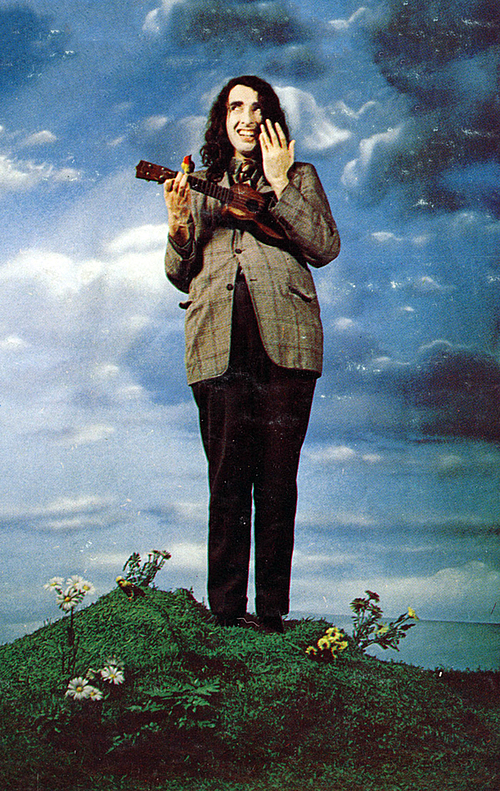Waltzing Matilda – the song everyone thinks of as soon as the word “Australia” is mentioned. OK, what does it mean? Where does it come from? And why is it so important in the Australian psyche?
I am not sure I can answer the last point, but I can have a go at answering the first two and probably a couple more in passing.
But before I start to discuss its history and significance, here is a very standard performance of it by Slim Dusty to give you a taste of what I shall be explaining and playing to you in this post.
This is the version that everyone knows – there are a few other versions as I shall show you in the course of this post.
But where did this song come from, and why is it so popular? Both good questions, the first I can answer, the second? No idea why it has become such a popular song, representing Australia both for us here in Australia and for people all over the world when they hear it.
OK, it was written in 1895 by a sort of hedgerow wandering poet and singer Banjo Paterson in the Queensland town of Winton where he was gently flirting with the daughter of one of the local land owners, Christina Macpherson. He wrote the words, and she wrote the music – well actually that isn’t really true, she used an already existing folk tune, the from 1806 dating Scottish tune Thou Bonnie Wood of Craigielea which was well known and much loved in Australia at the time. Here it is for your pleasure…
It was also derivative of another, even older Scottish folk song apparently, with the wonderful name of… “When sick is it tea you want?” which dates from about 1798 apparently. To be honest I can’t hear Waltzing Matilda in this one, but apparently they are related somehow..
This version is by the Boys of the Lough.
Not surprisingly there are many differing versions of Australia’s national song, which curiously enough has never actually been the official national anthem, which one would imagine it richly deserves to be. It has been payed by all manner of groups and sung at every conceivable occasion from boozy nights in pubs to highly important national events. It has also (of course) been satirised in a number of ways, been used by rock singers and so on.. the list of uses is almost endless, and while looking into this post, I was amazed by the weird and wonderful range of versions I came across… some of which I shall shortly post in this article for your entertainment.
The meaning of all those Aussie terms.
First though I thought that perhaps a short glossary might be in order, as not everyone knows the meaning of a lot of the very Australian words in this song, so here goes, a list of what those words mean.
waltzing
derived from the German term auf der Walz, which means to travel while working as a craftsman and learn new techniques from other masters.
Matilda
a romantic term for a swagman’s bundle. See below, “Waltzing Matilda”.
Waltzing Matilda
from the above terms, “to waltz Matilda” is to travel with a swag, that is, with all one’s belongings on one’s back wrapped in a blanket or cloth. The exact origins of the term “Matilda” are disputed; one fanciful derivation states that when swagmen met each other at their gatherings, there were rarely women to dance with. Nonetheless, they enjoyed a dance and so danced with their swags, which was given a woman’s name. However, this appears to be influenced by the word “waltz”, hence the introduction of dancing. It seems more likely that, as a swagman’s only companion, the swag came to be personified as a woman.
The National Library of Australia states:
Matilda is an old Teutonic female name meaning “mighty battle maid”. This may have informed the use of “Matilda” as a slang term to mean a de facto wife who accompanied a wanderer. In the Australian bush a man’s swag was regarded as a sleeping partner, hence his “Matilda”. (Letter to Rt. Hon. Sir Winston Churchill, KG from Harry Hastings Pearce, 19 February 1958. Harry Pearce Papers, NLA Manuscript Collection, MS2765)[23]
swagman
a man who travelled the country looking for work. The swagman’s “swag” was a bed roll that bundled his belongings.
billabong
an oxbow lake (a cut-off river bend) found alongside a meandering river.
coolibah tree
a kind of eucalyptus tree which grows near billabongs.
jumbuck
a sheep
billy
a can for boiling water in, usually 2–3 pints (1–1.5 l)
tucker bag
a bag for carrying food (“tucker”).
troopers
policemen.
squatter
Australian squatters started as early farmers who raised livestock on land which they did not legally have the right to use; in many cases they later gained legal use of the land even though they did not have full possession, and became wealthy thanks to these large land holdings. The squatter’s claim to the land may be as uncertain as the swagman’s claim to the jumbuck.
Funny Versions.
Obviously a song as popular and well known as this one has to have been the victim of a number of satires, so for your pleasure here are a couple to give you a taste of what can happen to such a song. One an Aussie satire, the other a very, very British one….
Continue reading “Waltzing Matilda – Australian Song With A Great History”





